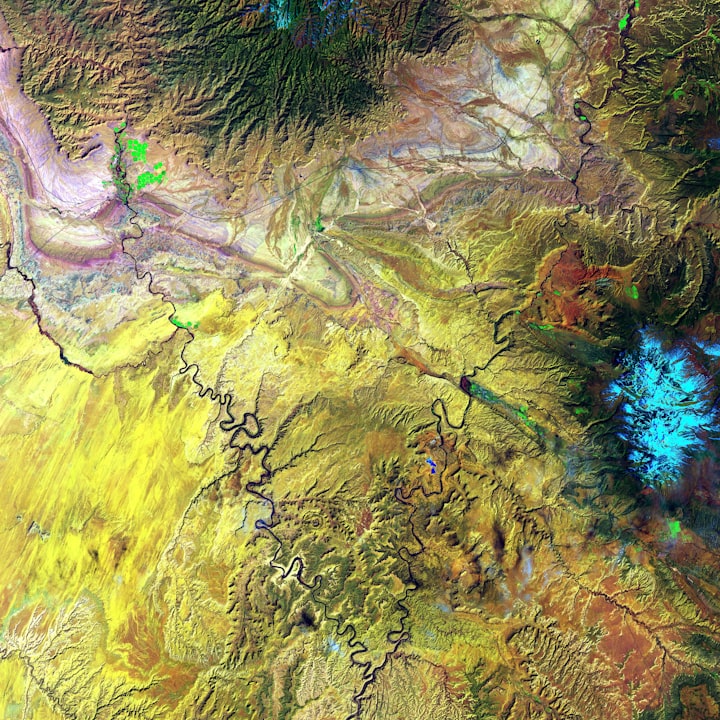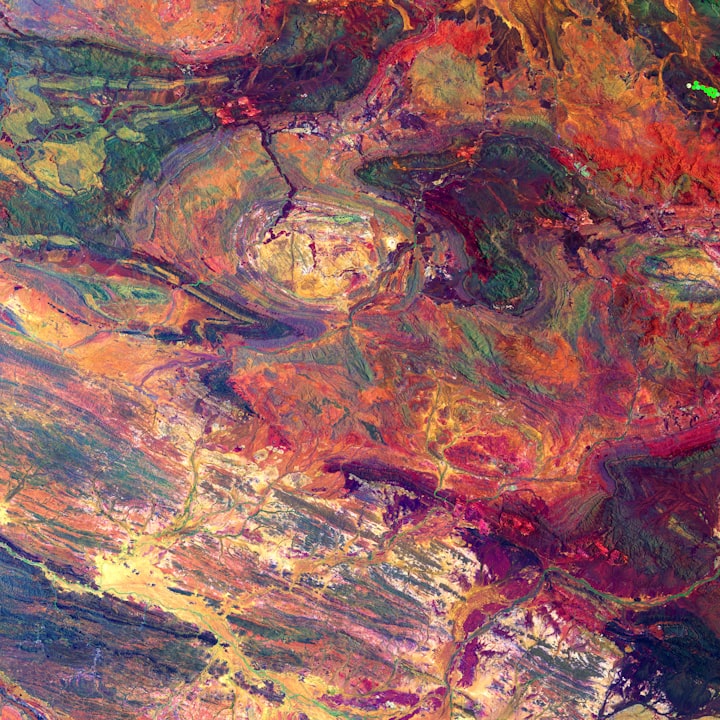What Are the Most Promising Alternatives to Plastic?
Plastic pollution is an urgent global issue. Discover sustainable solutions and alternative materials to replace impossible-to-recycle plastics. Explore the many uses for plastic grocery bags.

Plastic pollution has become a pressing global issue, with the overwhelming amount of plastic waste ending up in landfills and oceans.
While recycling is often touted as the solution, certain types of plastics are impossible to recycle, posing a significant challenge for our environment.
What is an Alternative to Plastic?
Finding alternative materials to replace impossible-to-recycle plastics is crucial for a sustainable future.
Fortunately, there are several options available.
1. Glass

Glass is a durable and recyclable material.
It can be reused multiple times without losing its quality.
However, glass production requires significant energy and releases greenhouse gases.
2. Natural Fiber Cloth

Natural fiber cloth, such as cotton or hemp, is a renewable and biodegradable alternative.
It is suitable for packaging and textile industries.
However, it may have a higher environmental impact during its production and processing.
3. Wood

Wood is a renewable material that can be used as a substitute for various plastic applications.
It is biodegradable, but deforestation for wood production raises concerns about its sustainability.
4. Paper

Paper is a widely used alternative to plastic packaging.
It is recyclable and biodegradable, making it an eco-friendly option.
However, the production of paper requires substantial amounts of water and contributes to deforestation.
5. Cardboard

Cardboard is another sustainable alternative, often used for packaging materials.
It is recyclable and has a lower environmental impact compared to plastics.
However, it may not be suitable for all applications that require the durability of plastic.
6. Bioplastics

Bioplastics are derived from renewable sources such as plants or microorganisms.
They can be both biodegradable and compostable, reducing their impact on the environment.
However, the large-scale production and disposal of bioplastics still face challenges.
Other Potential Alternatives
Apart from the materials mentioned above, research is ongoing to discover new and innovative alternatives to plastic.
Scientists are exploring materials like mushroom-based packaging, seaweed-derived plastics, and even milk protein-based films.
While these alternatives show promise, further development and commercialization are necessary.
Alternative Uses for Plastic Grocery Bags

Plastic grocery bags are one of the most common single-use plastics that end up in landfills and waterways.
Instead of using them just once, there are several alternative uses to consider:
1. Reusable Grocery Bags
Switching to reusable cloth or canvas bags is a sustainable solution that reduces the need for plastic bags. Learn more about reducing plastic waste.
2. Household Organization
Plastic bags can be used to organize items like shoes, accessories, or small toys. So if you do come by a plastic bag put it to good use in your household.
3. Art and Craft Projects
Plastic bags can be repurposed for art and craft activities, such as making rugs or crocheting.
4. Donate for Reuse
If in good condition, consider donating plastic bags to food banks or local organizations that can still make use of them.

By finding innovative alternatives and repurposing existing plastic items, we can work towards a cleaner, greener future for generations to come.






